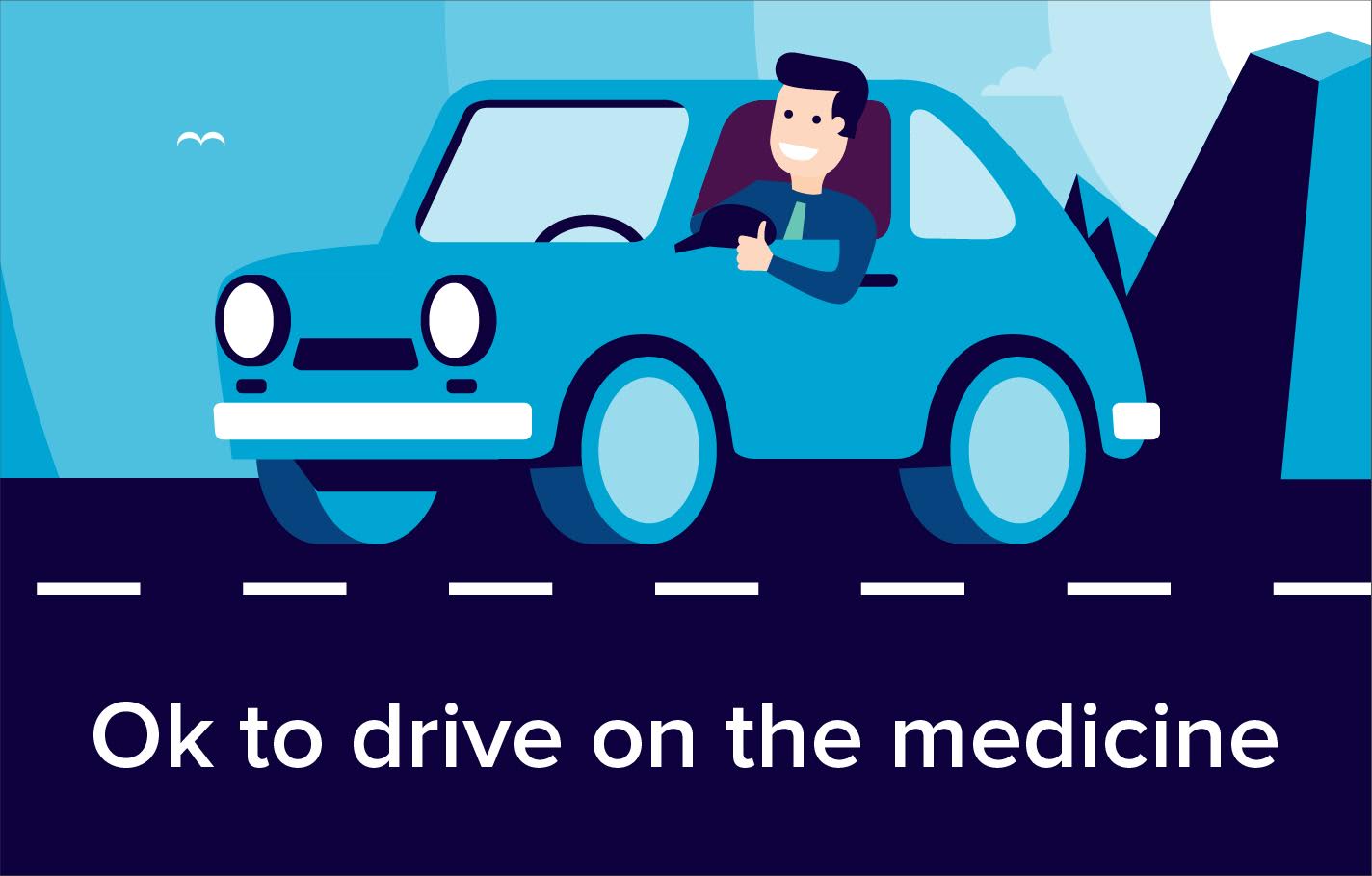Calpol contains the active ingredient paracetamol, a painkilling medicine used to relieve mild to moderate pain and fever - read on for advice on its use, warnings and side effects.

What is Calpol used for?
- Calpol products contain children's doses of paracetamol. Calpol can be given to children for the following reasons:
- Relieving mild to moderate pain such as headache, toothache, teething, earache or sore throat.
- Reducing a high temperature (fever).
- Relieving aches, pains, fever and general discomfort associated with colds and flu or following childhood vaccinations.
How does Calpol work?
- Calpol contains the active ingredient paracetamol.
- Despite its widespread use for over 100 years, we still don't fully understand how paracetamol works to relieve pain and reduce fever. However, it is thought that it works by reducing the production of prostaglandins in the brain and spinal cord.
- Prostaglandins are produced by the body in response to injury and certain diseases.
How do I give Calpol?
- Calpol can be given either with or without food.
- Always follow the instructions given on the packaging of Calpol products regarding how much of the medicine to give and how often to give it. This will depend on the strength of the medicine and the age of your child.
- Each dose of Calpol suspension should be measured using a measuring spoon or an oral syringe. Never use an ordinary teaspoon to measure a dose of paracetamol. This is not accurate and can lead to your child being given too little or too much medicine.
- Bottles of Calpol suspension should be shaken before measuring a dose.
- Calpol suspension sachets should be massaged before opening.
- Calpol Fastmelts are tablets that melt on the tongue to form a paste that can be swallowed without a drink, although these tablets can also be dispersed in a teaspoonful of water or milk.
- Do not give this medicine to your child for more than three days without getting medical advice from your doctor or pharmacist. For children under six months, get medical advice after 24 hours use if the symptoms persist.
What should I know before giving my child Calpol?
- Different preparations of Calpol are suitable for children of different ages. Make sure you use the correct preparation and dose for your child. Calpol fastmelts and six plus suspension are not suitable for children under six years of age.
- Do not exceed the dose stated in the information leaflet supplied with the medicine.
- Calpol must not be given with any other medicines that contain paracetamol, as this can easily result in exceeding the recommended dose of paracetamol.
- An overdose of paracetamol is dangerous and capable of causing serious damage to the liver and kidneys. You should never exceed the dose stated in the information leaflet supplied with the medicine. Immediate medical advice should be sought in the event of an overdose with this medicine, even if your child seems well, because of the risk of delayed, serious liver damage.
- If your child's symptoms persist despite giving Calpol, get medical advice from your doctor or pharmacist.
Who should not take Calpol?
- Calpol infant suspension should not be given to babies under two months of age, unless prescribed by a doctor.
- Calpol six plus suspension and fastmelts are not suitable for children under six years of age.
- Get advice from your doctor or pharmacist before giving your child Calpol if they have any liver or kidney problems.
- Calpol should not be used if your child is allergic to any of its ingredients. If you feel your child has experienced an allergic reaction, stop using Calpol and inform your doctor or pharmacist immediately.
- Calpol fastmelts contain aspartame, which is a source of phenylalanine. They should not be given to children with an inherited disorder of protein metabolism called phenylketonuria.
What are the possible side effects of Calpol?
Medicines and their possible side effects can affect individual people in different ways. The following are some of the side effects that are known to be associated with paracetamol. Just because a side effect is stated here does not mean that all children given Calpol will experience that or any side effect.
- Allergic skin reactions such as a rash (very rarely).
- Calpol fastmelts contain mannitol, which may have a mild laxative effect.
Can I give Calpol with other medicines?
If your child is already taking any other medicines you should get advice from your pharmacist before giving them Calpol as well.
- Don't give your child other medicines that contain paracetamol in combination with Calpol, as this can easily result in exceeding the maximum recommended daily dose of paracetamol. Many cold and flu remedies and other painkillers contain paracetamol, so be sure to check the ingredients of any other medicines before giving them in combination with Calpol, or ask your pharmacist for advice.
References:
http://www.netdoctor.co.uk/medicines/aches-and-pains/a6360/calpol-paracetamol/
http://www.calpol.ie/?utm_medium=cpc&utm_source=google&utm_term=calpol&utm_content=text&utm_campaign=go-ie-eng-ps-calpol-bc-br-rn&gclid=CMXz5Z6vy9ECFW-77Qodi2cKow

